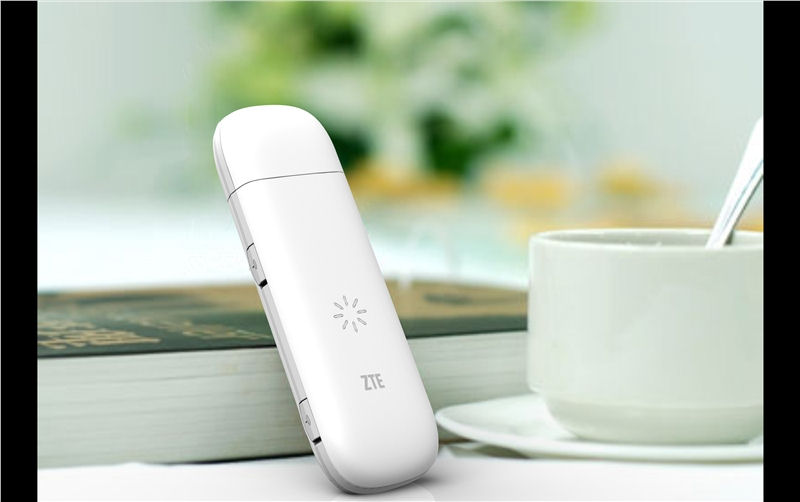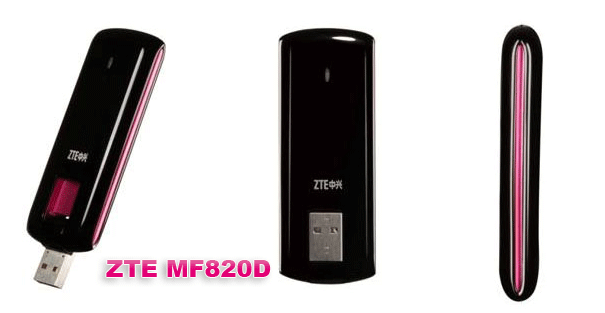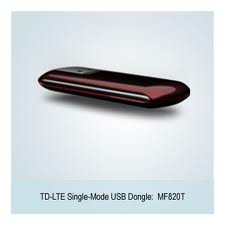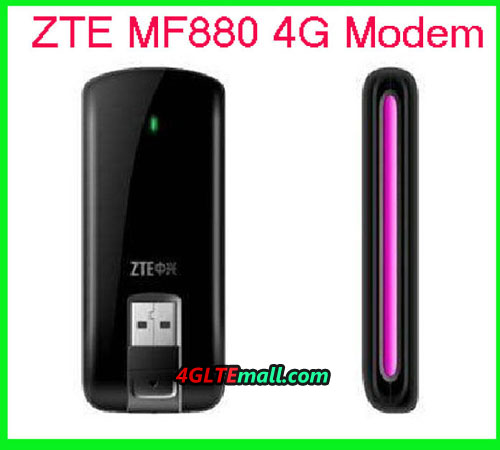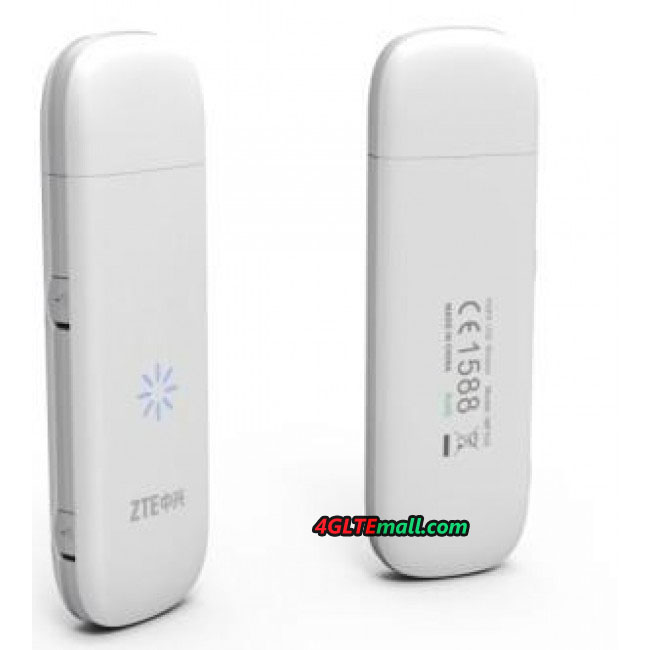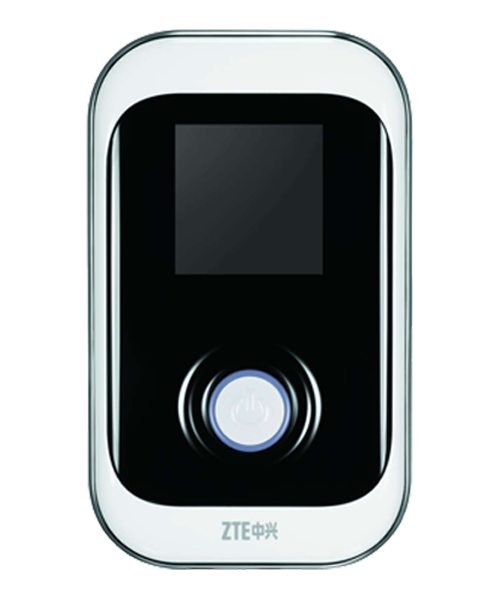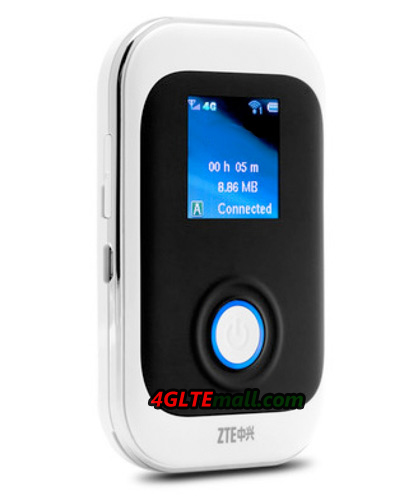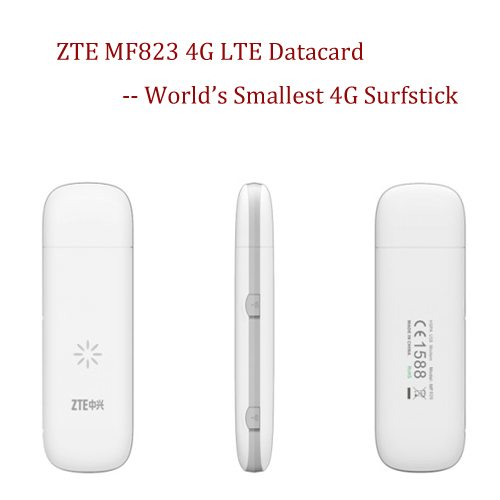We tested the new 3G modem ZTE MF631. It surprised us with a convenient USB connection and easy installation.
The USB connector of ZTE MF631 is moving – in portrait orientation, which means that you can adjust the angle of the modem and avoid damage to the modem or the USB port on your computer. The basis for a convenient connection to the Internet is a good 3G modem. You can buy the modem ZTE MF631 from www.4gltemall.com. The MF631 weighs only 25g, we decided to take a closer look.
ZTE MF631 is with a surprising USB plug, which is moving – in portrait orientation. This means that you can adjust the angle of the modem while it is plugged into the USB interfaces on your computer. This solution will avoid damage to the modem or the USB port on your computer by accidentally hooking the modem when you move your computer. As you know, 3G modems could work in mobile conditions, on a train, a bus, a public place. In such conditions, it is easy for users to solves the networking connection problem outdoor, you can move the computer without worrying that network discontinue. ZTE MF631 works perfectly in this situation.
ZTE MF631 USB Stick resembles in size and appearance of the USB flash drive in addition to the SIM slot (for granted), the user will find a micro-SD card slot for memory. The MF631 modem can connect to the network operator with a maximum HSDPA download speed of data 7.2 Mbit/s. On the other hand, the maximum upload speed is 5.6 Mbit/s. The device also supports slower connection standards, such as 2G GSM/GPRS/EDGE.
The LED on the unit indicates the status of the modem from the colors:
– Red, it means that the modem is activated
– Green (continuous) – log in 2G
– Green (flashing) – the active call on 3G network
– Blue (flshing)- log on 3G network
– Blue (blinking) – an active 3G connection
ZTE MF631 has a connector for an external antenna. It’s useful if users find themselves in a place with weak signal coverage.
Good news for users is that the ZTE MF631 will work on almost all operating systems. This includes Windows versions XP/SP2, Vista and the latest Windows 7. And the Apple MAC OS is also supported by MF631 Stick. The installation process is extremely simple. Just put the modem into the USB port and wait for the auto installer application used to configure the connection. The entire installation takes few seconds and requires a few clicks. Then we can happily surf the net.
The setup program will bring up information on the signal level and standard network connection. From the application, we can also monitor the data transfer and send SMS messages. From the experience and test, ZTE MF631 is a good modem for surfing outdoor or for trip. And if you want high speed, here now there is ZTE MF821 4G Modem(100Mbps) and MF820D LTE Dongle available on 4gltemall.com . You may consider if you want to surf at 4G speed.
